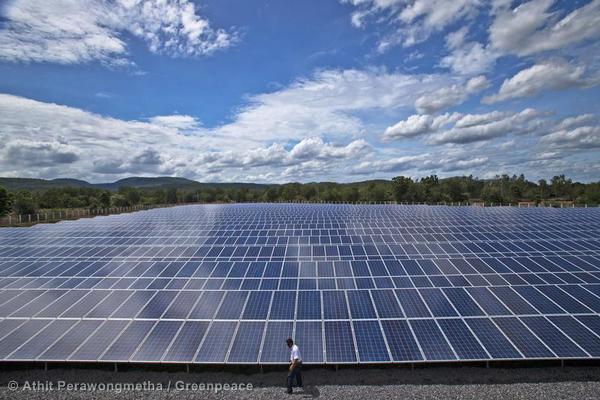What once was an 81-foot tall trash heap in New Jersey is now a 12,500-paneled solar farm, providing renewable energy to nearly 650 homes. And there will be plenty more where that came from.
In the same week as President Obama and Governor Christie toured the recovering post-Sandy New Jersey, the Garden State approved a $446 million solar proposal. The plan is to turn many of the state’s 800 closed landfills and 10,000 brownfields, closed industrial sites, into gleaming solar farms.
This news from New Jersey proves that not only are global warming solutions possible, they’re more urgent than ever in a state directly feeling the power of climate change.





